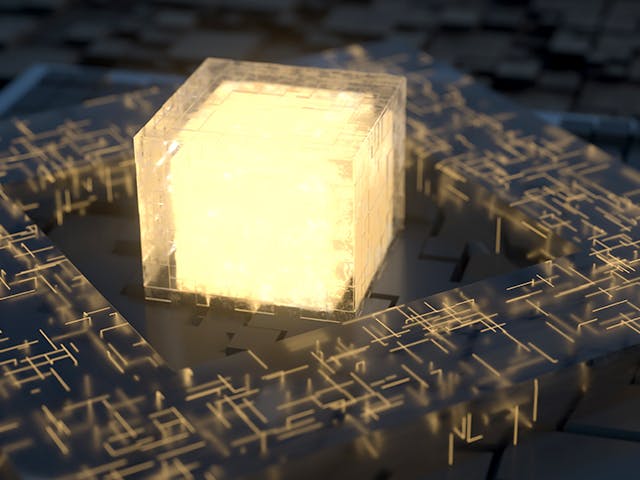
Field solver
Field solvers are essential tools for integrated circuit designers and printed circuit board designers to analyze and optimize the electrical performance of their designs.
What is a field solver?
A field solver is electromagnetic simulation software that solves Maxwell’s equations. It can solve the full Maxwell’s equations (full wave solver), or it can solve a partial set such as parasitic capacitance or inductance extraction.
The electromagnetic simulation software helps simulate electromagnetic fields and solve complex equations to ensure the functionality and reliability of the final product. One common distinction in field solvers is between differential and integral solvers, each with its own strengths and applications.
Related products: Calibre xACT 3D Parasitic Extraction, Simcenter electromagnetics simulation, HyperLynx Advanced Solvers
Understand the Benefits
What are the benefits of using a field solver compared to using a standard parasitic extraction tool?
Enhance Circuit Performance
Gain unparalleled accuracy in parasitic capacitance calculation, ensuring optimal performance and reliability of integrated circuits.
Improve Design Efficiency
Rapidly identify and resolve potential issues early in the design process, significantly reducing development time and cost.
Ensure Product Integrity
By accurately simulating electromagnetic interactions, ensure the integrity and functionality of your designs under a wide range of operating conditions.
Differential field solvers
Differential field solvers work by solving Maxwell's equations using finite difference methods. These methods discretize space into a rectilinear grid, where the electric and magnetic fields are calculated at each point. This approach is well-suited for analyzing high-frequency effects and sharp transitions in a design, such as signal traces on a printed circuit board or interconnects on a chip. The accuracy of a differential solver depends on the size of the grid cells used to discretize space - smaller cells lead to more accurate results but require more computational resources.
Finite difference (FD) and finite element (FEM) methods
The differential form of the field comes in two distinct flavors: finite difference (FD) and finite element (FEM) methods. The finite difference method offers excellent convergence properties. With proper tuning of grid resolution and numerical schemes, designers can achieve highly accurate solutions to field equations with minimal computational effort. This makes it an attractive choice for time-critical applications in integrated circuit design where quick turnaround times are essential.
Integral field solvers
On the other hand, integral field solvers use numerical integration techniques to solve Maxwell's equations over surfaces or volumes in a design. Integral solvers rely on discretization of electromagnetic field sources, such as the surface charge density to solve capacitance. Common algorithms include boundary element method (BEM) and method of moments (MoM).
Floating random walk (FRW) solvers
Floating Random Walk (FRW) algorithm is also typically grouped with field solvers, but they are not a officially a field solver, since they do not solve for fields in general. Unlike traditional field solvers that use deterministic methods to solve equations, the FRW algorithm introduces a stochastic element by incorporating random walks into the simulation. This randomness allows for a more realistic representation of particle movement in complex environments. One of the main disadvantages of FRW is the time-consuming nature of the algorithm. It requires a large number of iterations to obtain accurate results, which can significantly increase the simulation time.

From left to right: Representations of differential field solvers, integral field solvers and floating random walk. With differential field solvers (Finite Difference Method FDM and Finite Element Method FEM), the chip is represented with a rectilinear grid. With integral field solvers (Boundary Element Method BEM and Method of Moments MoM), only the boundary is discretized. With floating random walk, which is not officially a field solver, since it doesn’t solve for fields, random paths of particles between two conductors are simulated.
Explore field solver related products
Learn more about Siemens' field solvers
Read these papers
Accurate parasitic extraction for leading-edge process node IC designs
Parasitic Extraction Technologies for Advanced Node and 3D-IC Design
The interpretation of non‐zero mutual resistances in hyperlynx fast 3D solver